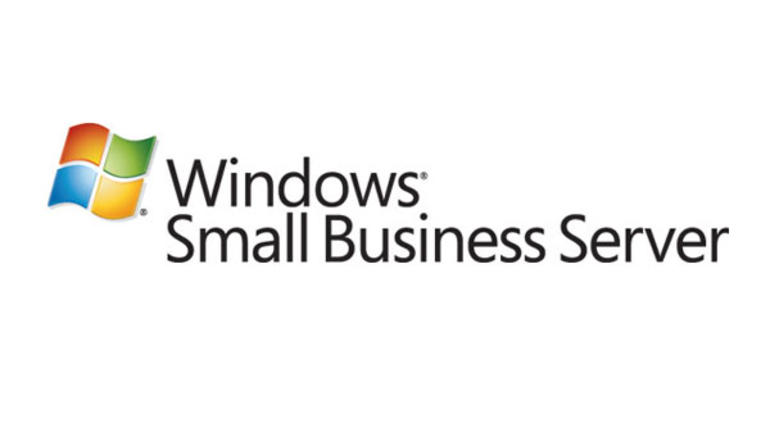
How enterprise networking is changing with a work-at-home workforce Network World updates the latest COVID-19-related networking news
As the coronavirus spreads, public and private companies as well as government entities are requiring employees to work from home, putting unforeseen strain on all manner of networking technologies and causing bandwidth and security concerns. What follows is a round-up of news and traffic updates that Network World will update as needed to help keep up with the ever-changing situation. Check back frequently!
AT&T reported that Email traffic is down 25% as more people opt for phone and video calls. Video conferencing is on the rise with more than 470k Webex Meeting Calls on April 9, the highest during the COVID-19 pandemic. It also stated instant messaging, including text traffic from messaging apps and platforms, has slightly declined since the week prior, but overall is up nearly 60%.
For the second straight week, Verizon reported that data usage is basically flat or down slightly week-over-week — including gaming, streaming video, virtual private network (VPN) connections, web browsing and social media — indicating people have settled into their new routines.
Internet performance across the top 200 cities continued to improve through April 15, according to BroadbandNow. The company reported 91 (45.5%) cities have seen download speed decreases, down from 97 (48.5%) last week. 135 cities (67.5%) have experienced upload speed decreases, which is once again down from last week’s total of 139 (69%). Only two cities have experienced significant download speed decreases of greater than 40% out of range this week: Evansville, Indiana and Saint Paul, Minnesota.
Ookla reported that as of April 15 the U.S. has seen a very slight increase in mean download speed over mobile and fixed broadband when comparing the week of April 6 to the week prior. Specifically mean download speed over fixed broadband increased very slightly in King County, Washington during the week of April 6 while mobile download speed was relatively flat when compared with the week before. San Francisco County, California saw an increase in mean download speed over fixed broadband during the week of April 6, while mobile download speed remained flat. Westchester County, New York saw a decrease in mean download speed over fixed broadband when comparing the week of April 6 to the week before. Mobile download speed increased during the same period.
